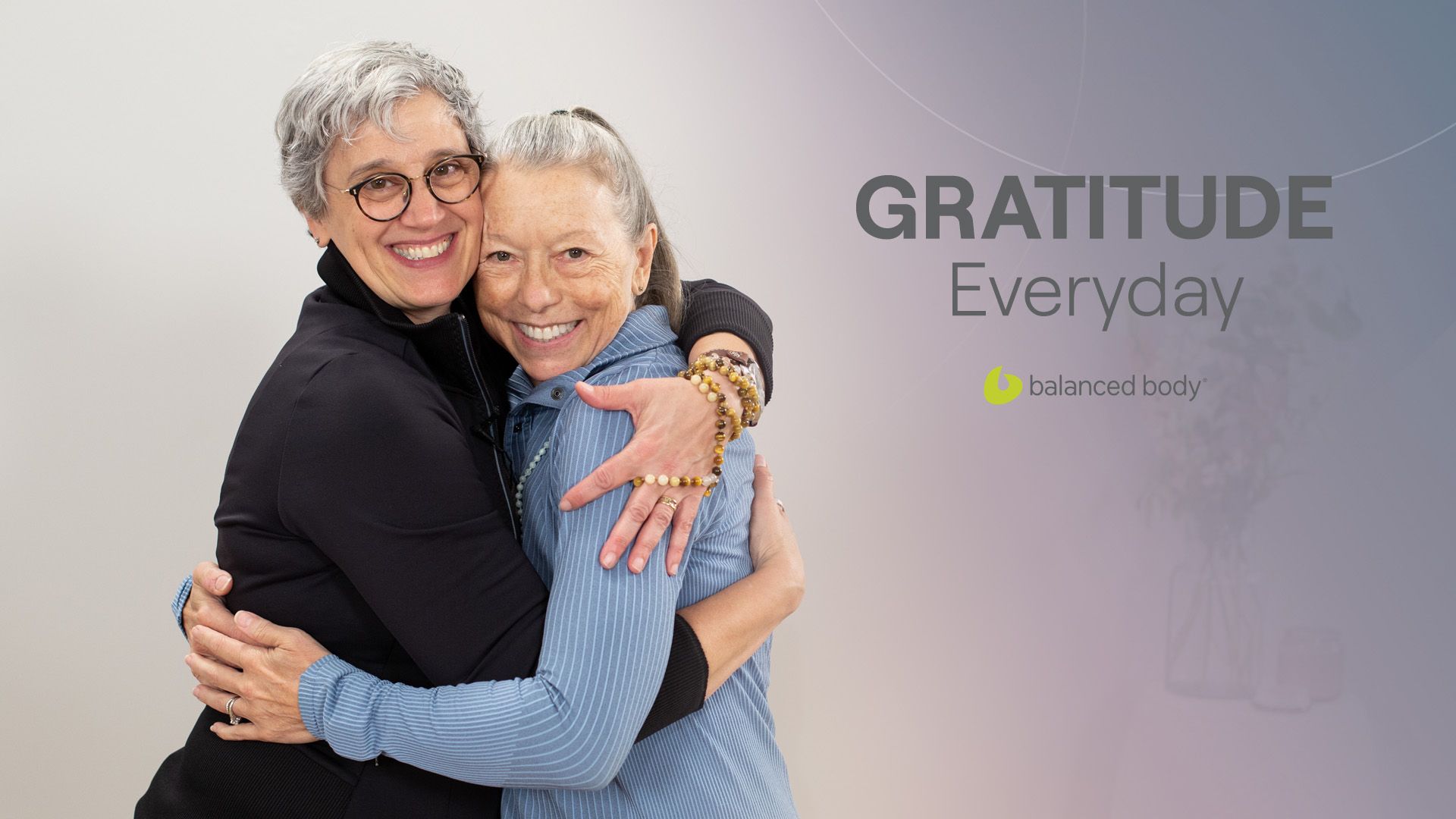Instead of:
Do a full foam roller release workout.Small-Step Solution:
“Start the day by choosing one myofascial release exercise.”~ Adriana Bires
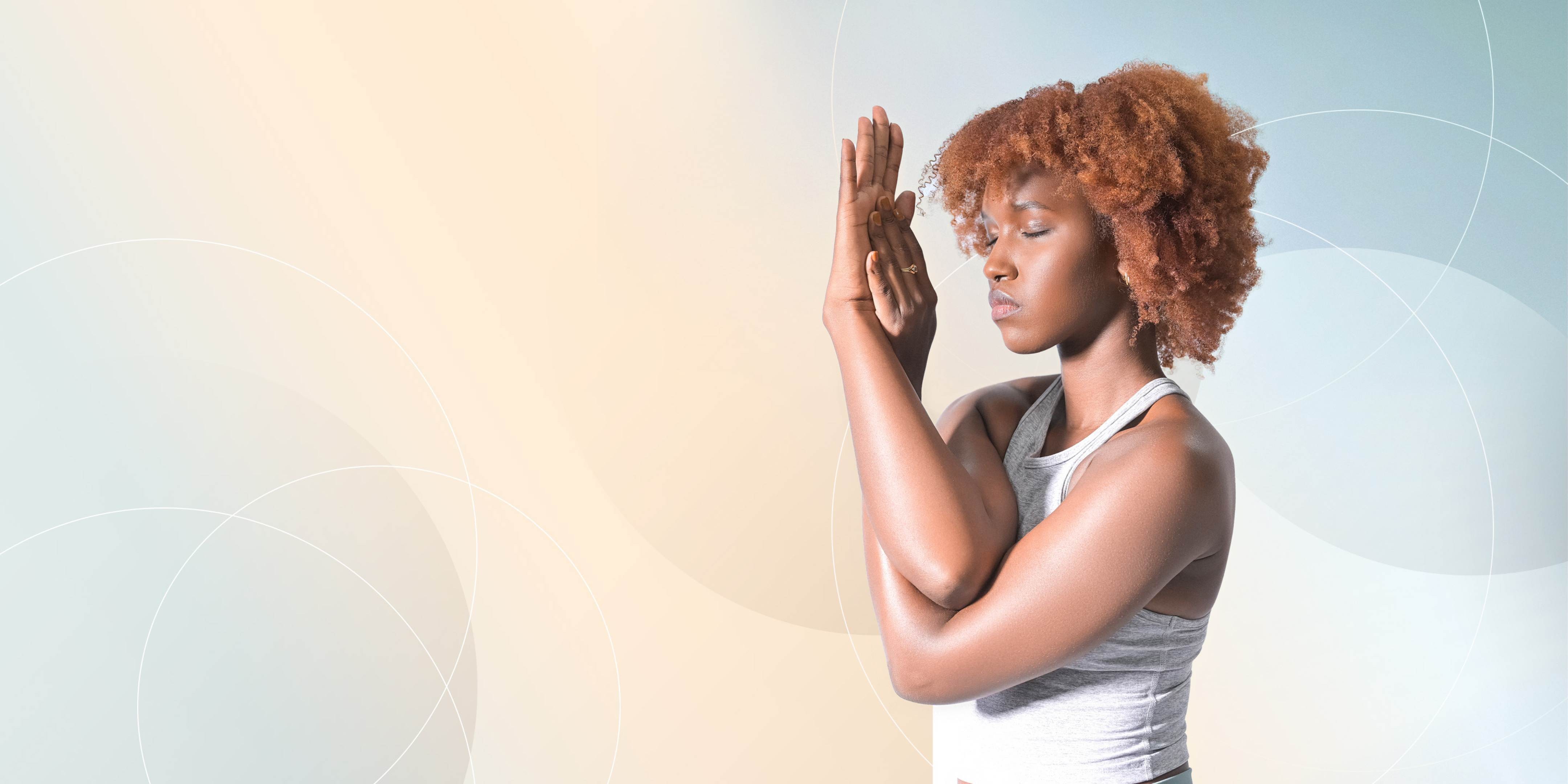
Let's make 2024 the year where we start small and gain big. Research suggests that micro-stepping your way to positive habits and behaviors is a better way to produce long-term results. In this series of Revamped Resolutions, we share ways to make tiny changes in a variety of aspects of your daily life that are realistic and will support you achieving your individual goals. Choose one or stack these micro-steps together to design your own journey. We know you can do it, you know you can do it…. let's work together to WIN in 2024!
It’s the start of a new year. Hooray! This can come with much excitement and potential resolutions that have been made after a winter of indulgence. Did you know that, “Researchers suggest that only 9% of Americans that make resolutions complete them. In fact, research goes on to show that 23% of people quit their resolution by the end of the first week, and 43% quit by the end of January.”
This year, instead of going for the “big kahuna” resolution, such as losing 15 lbs. in 30 days or getting rid of all sugar in your diet, maybe consider micro-stepping your way to longer-lasting sustainable results. In the book Your Time to Thrive by Arianna Huffington, she talks about science supporting the need to “start small” to impact behavior change. Such discussions are also had in Atomic Habits by James Clear as well as behavior change researcher B.J. Fogg.
Here are some ideas from our Balanced Body Instructor and Educator team to get you started thinking about what tiny shifts you can realistically incorporate and stack in your life this new year to produce long-term gains.
Practice 1
Instead of:
Do a full foam roller release workout.Small-Step Solution:
“Start the day by choosing one myofascial release exercise.”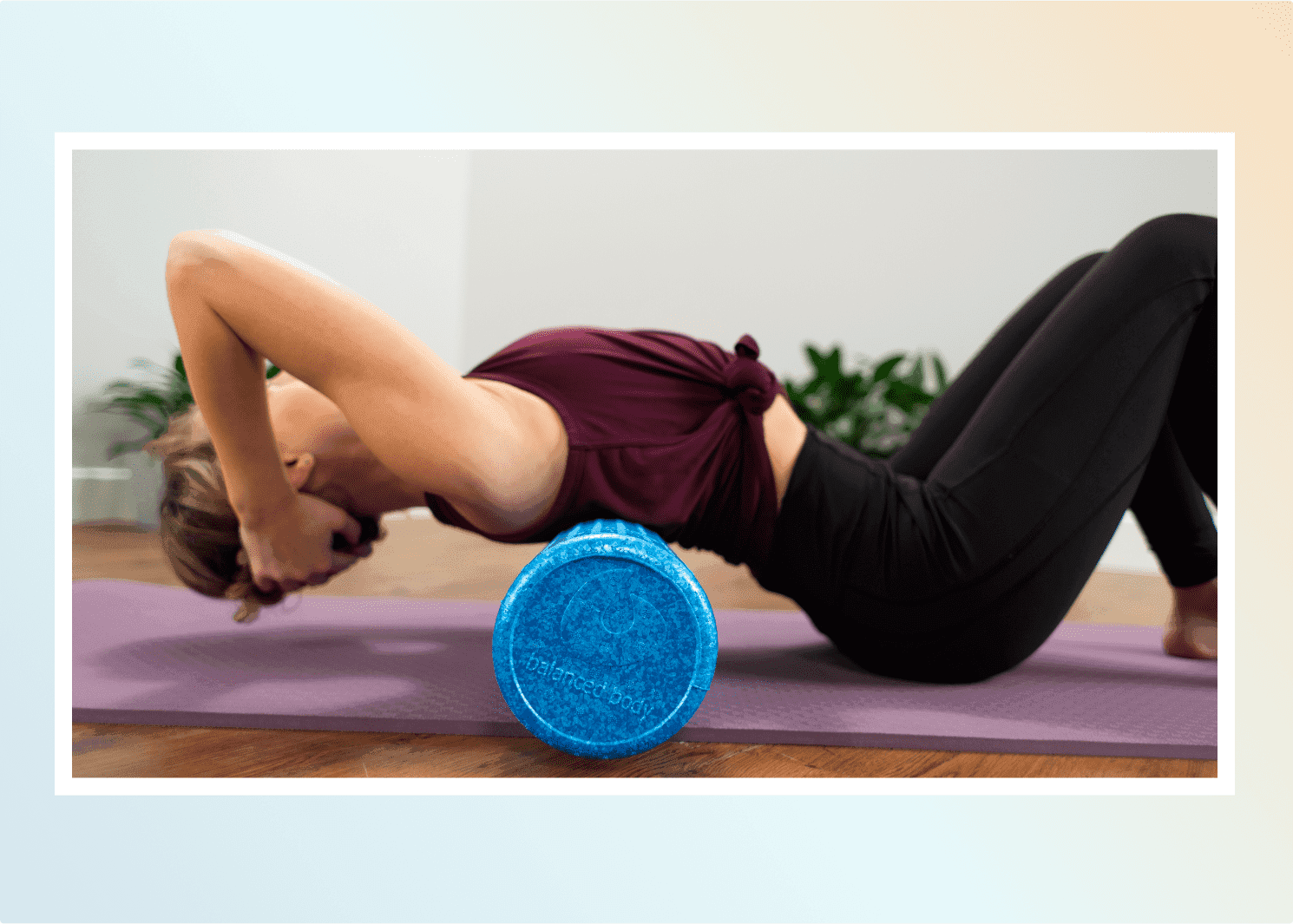
Practice 2
Instead of:
Do a 30-Day sugar detox!Small-Step Solution:
“Start each morning with a protein-filled breakfast with low glycemic fruit such as cottage cheese or Greek yogurt and blueberries, strawberries, and blackberries.”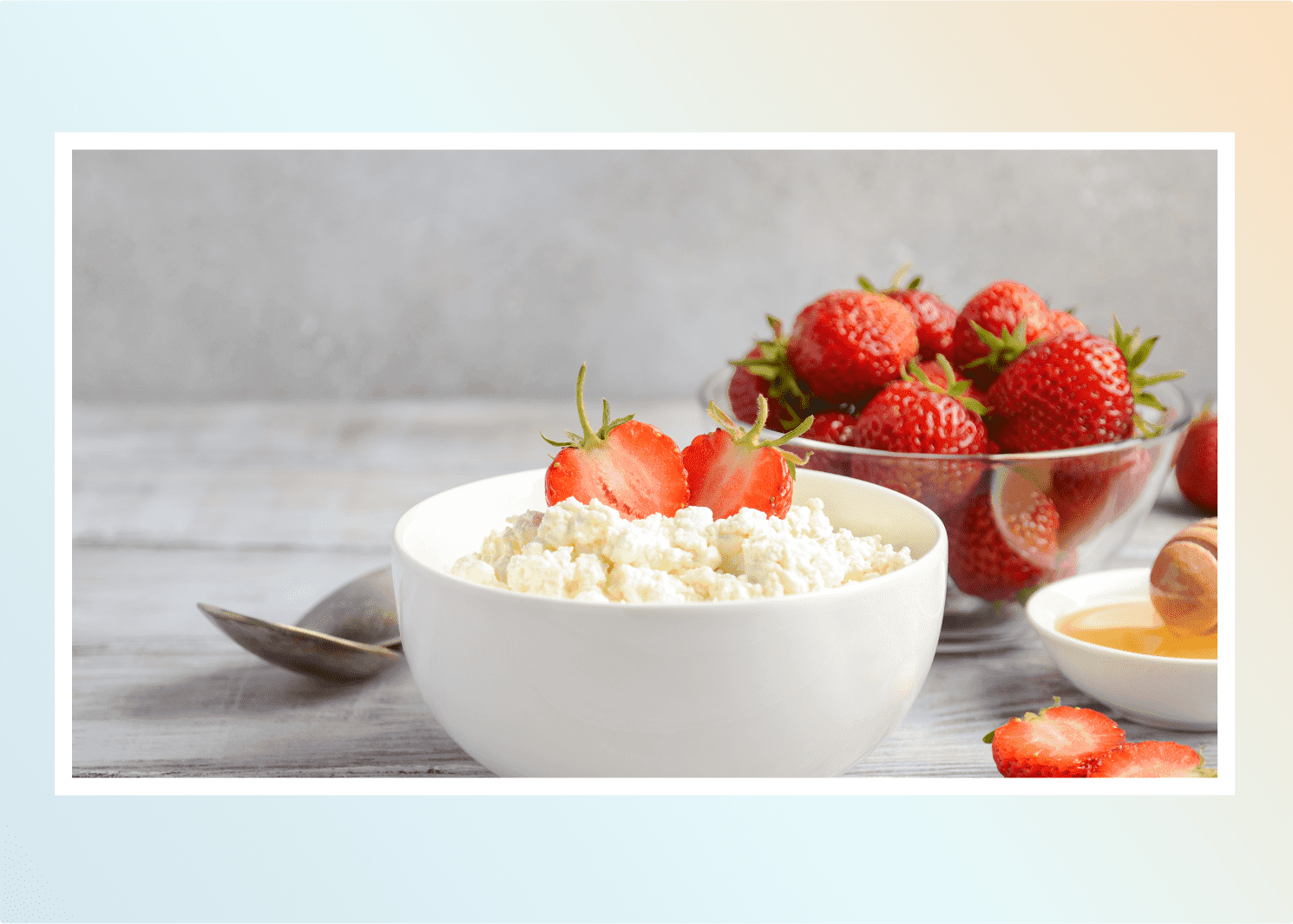
Practice 3
Instead of:
Spend too much time on programming MY workouts.Small-Step Solution:
“Invest in other trainers to program for my personal weekly workouts. This way, it’s one less thing I need to think about, and I get the consistency and accountability message, knowing someone I trust has taken the time to prepare these for me!”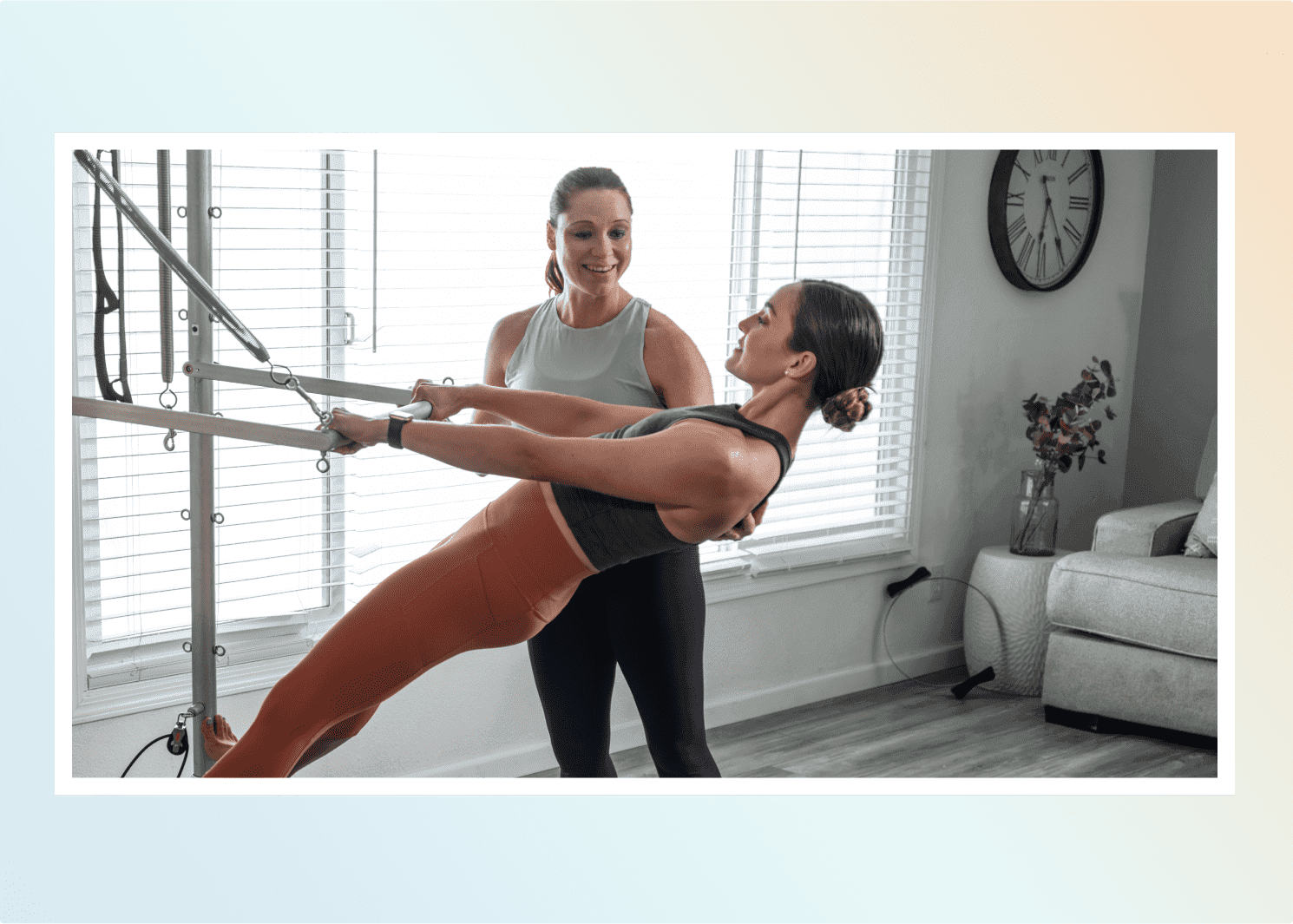
Practice 4
Instead of:
No screen time in the bedroom.Small-Step Solution:
“I will set an alarm that 10 minutes after going to bed, my phone must be on do not disturb and face down. I will allow for one episode or show not more than an hour long before lights out.”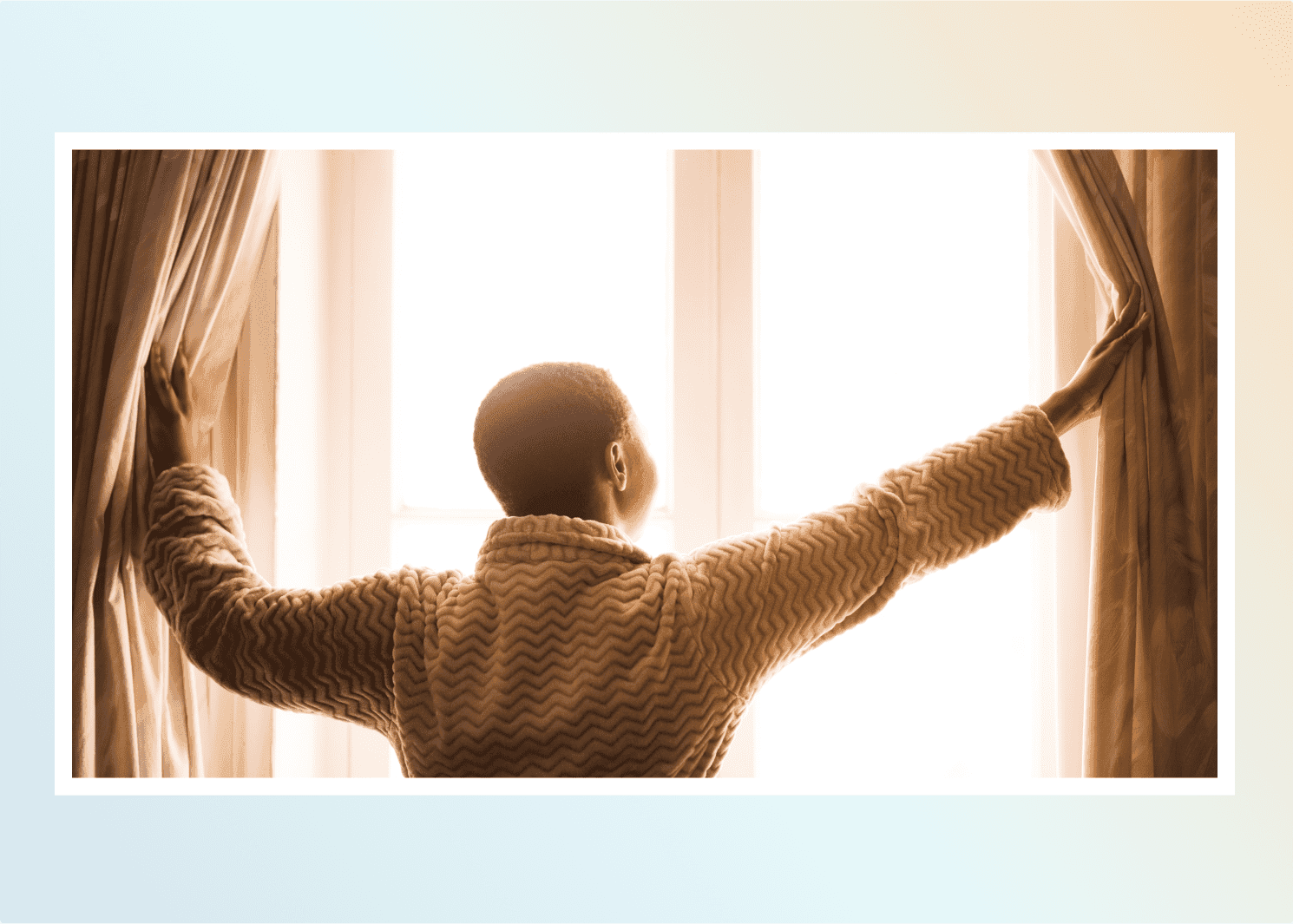
Practice 5
Instead of:
Drink my weight in water each day.Small-Step Solution:
“Start the day with a 16oz. glass of water and keep it filled and out on the counter or desk I work closest to.”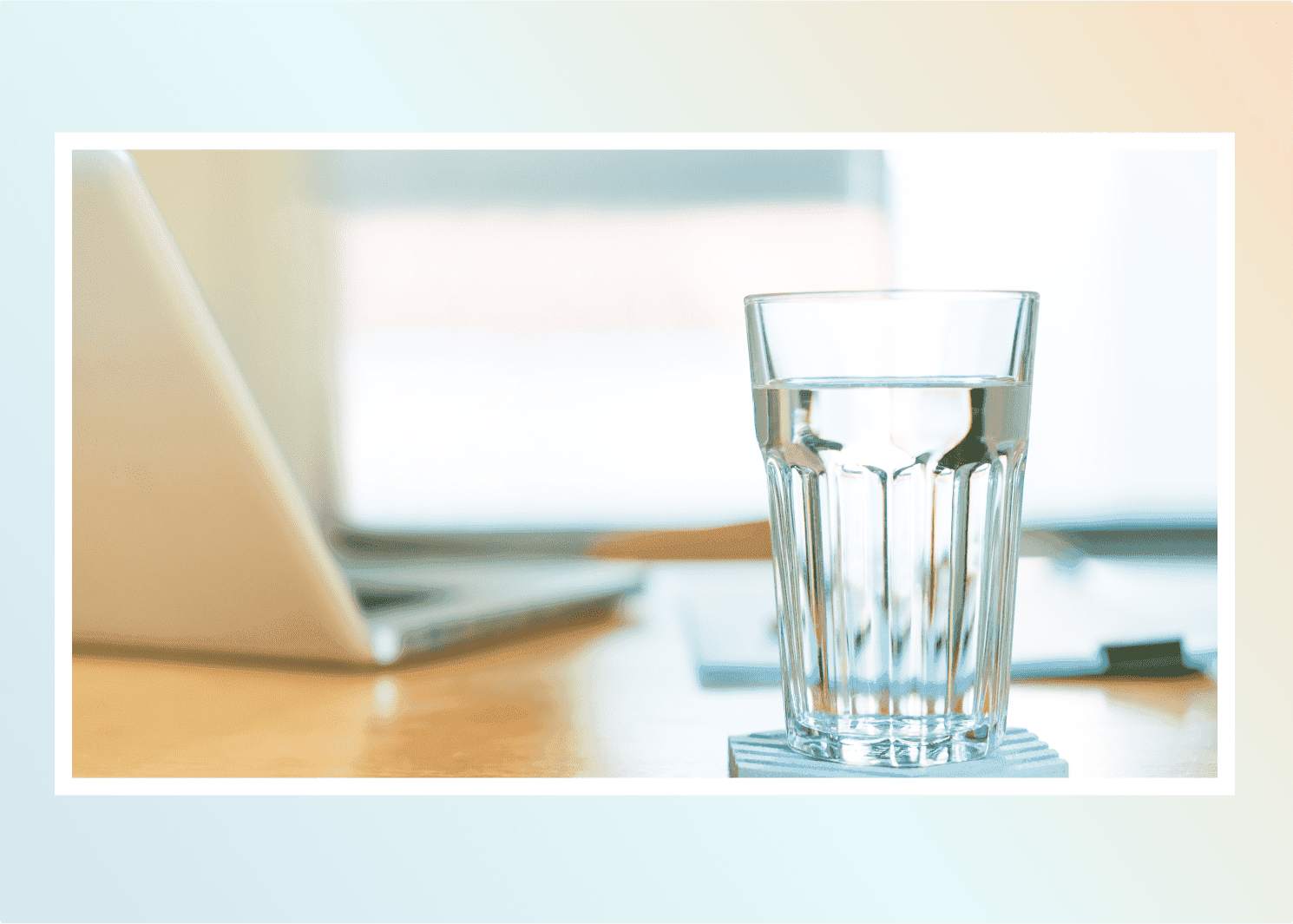
Practice 6
Instead of:
Start each day by sitting at my desk.Small-Step Solution:
Use a tennis ball in my upper back and scapula to release my neck and prepare for a more pain free day!”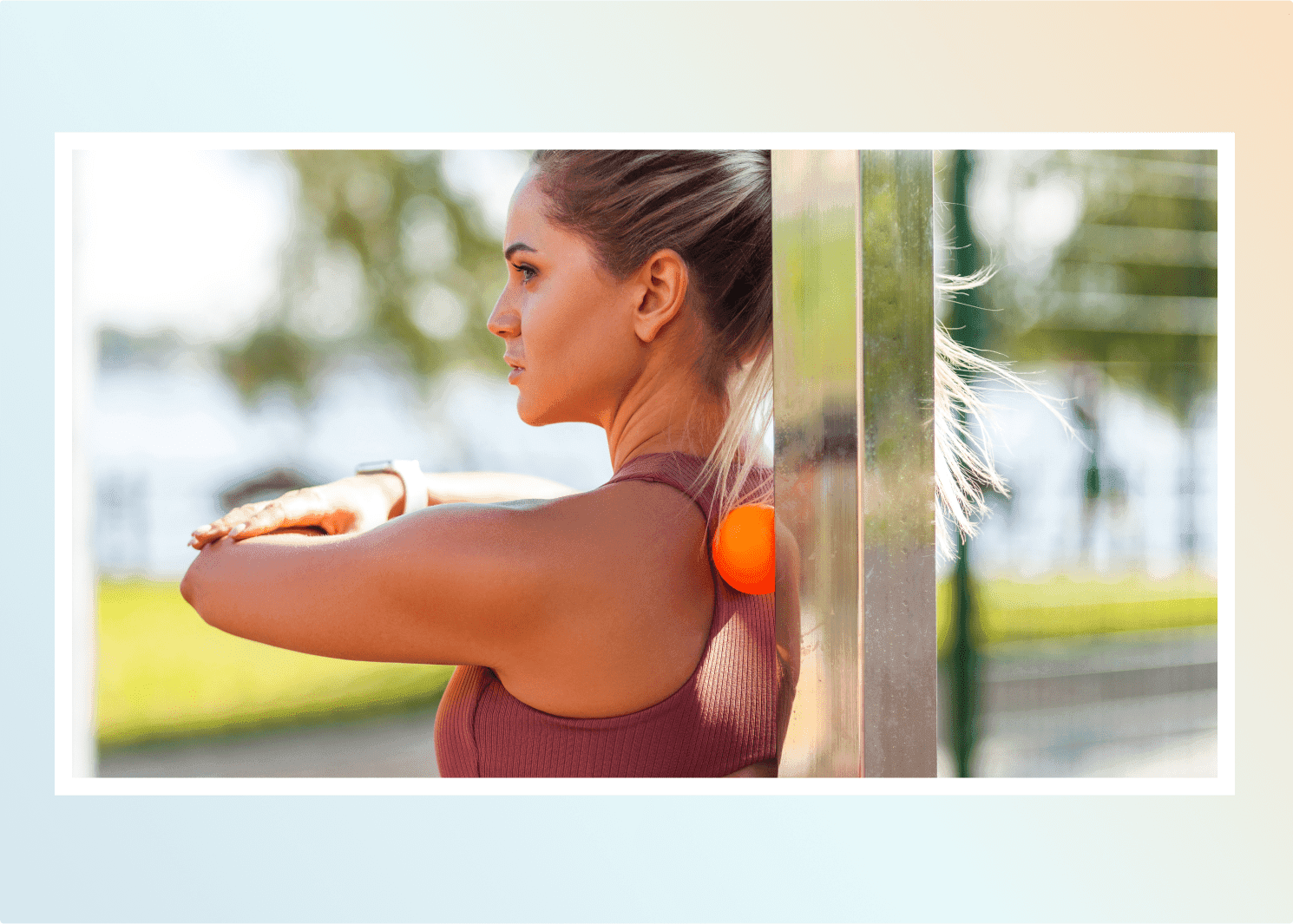
Practice 7
Instead of:
Get 10,000 steps in per day.Small-Step Solution:
“I will look at my current daily step count and increase it by 1,000 steps to slowly add more movement to my day.”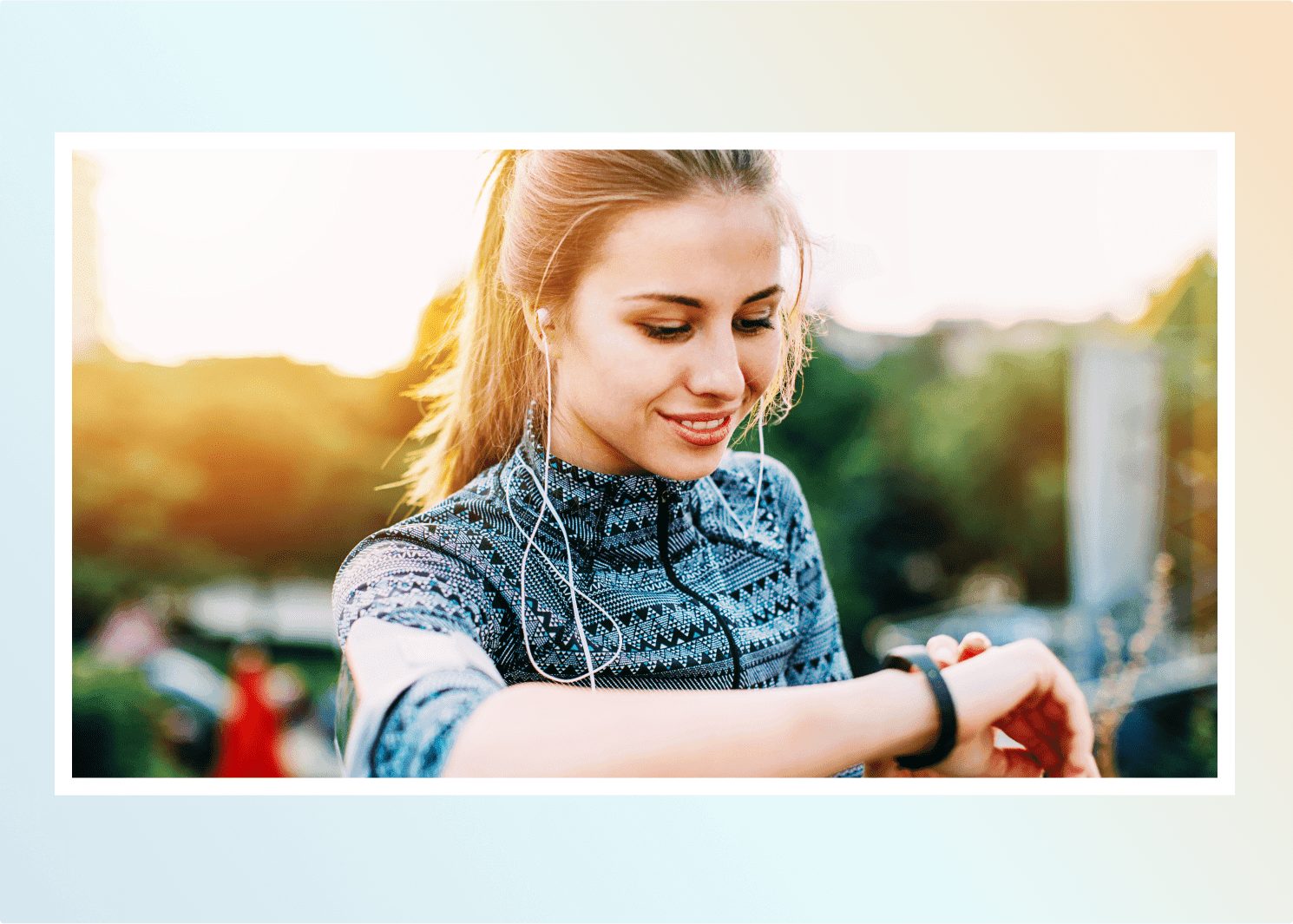

NCPT, ACE, BBMI
Practice 1
Standing roll down sway side-to-side
Benefits: This movement sequence brings awareness to the lower back so take your time and let is release.
Practice 2
Ear to shoulder with chin circles
Benefits: This is an amazing way to release tension that might be held in the upper traps and neck muscles.
Practice 3
Standing twists
Benefits: What a wonderful way to increase circulation, bring clarity, and improve mobility of the body.
Practice 4
Supine knee sways
Benefits: This is a great way to release tension in your lower back and increase mobility in your hips.
Practice 5
Paint the wall stretch
Benefits: This is a great way to stretch the front of the chest and shoulder.
Practice 6
Standing knee circles
Benefits: Feeling a little tight in your hips? Feeling sluggish by sitting down too long? Try these standing knee circles to bring circulation into your entire body!
Practice 7
Standing heel lifts
Benefits: This is a wonderful way to bring oxygen into the body mindfully.
Practice 8
Side breathing (one lung)
Benefits: Truly a great movement to lengthen the side of body, lower back, and bring awareness to your breathing.
Practice 9
Turn the dial shoulder release
Benefits: Feeling stressed in your neck and shoulders? Get some circulation going in that area with this movement pattern. Allowing the neck and shoulder muscles move through upward and downward rotation truly brings circulation and mobility into that area.
Practice 10
One Leg Holiday Dance
Benefits: Use this leg twist move to bring mobility and circulation to the hips.
Practice 11
Back Bend Stretch
Benefits: This movement can help counter the effects of sitting for long periods of time.
Practice 12
Seated knee rocks with torso twist
Benefits: This is a great sequence when you need a little bit of hip and low back movement. Maybe you have been sitting for a long time or feeling stiff around your hips? Doing these knee rocks will definitely loosen you up and getting you going for the rest of your day.
Practice 1
Breathing the body into the present moment
Why do this: Brings you into your body, intentionally connects you with your breath, and allows you to get/stay present in your physical surroundings.
How to begin: Eyes closed in a relaxed position. Start by hearing and feeling your breath, allowing it to be natural. See your breath as a lightly colored fog and begin to send your breath to your feet. See and feel the breath fill your feet, expanding into all the nooks and crannies. Let the breath bring any and all sensations in your feet to life including the outer edges where you feel the air on your skin. Continue the same practice up your legs and up through the body. Once you’ve done the whole body imagine that you are being breathed without any effort on your part, acknowledge the breath as a constant that helps keep you grounded and present.
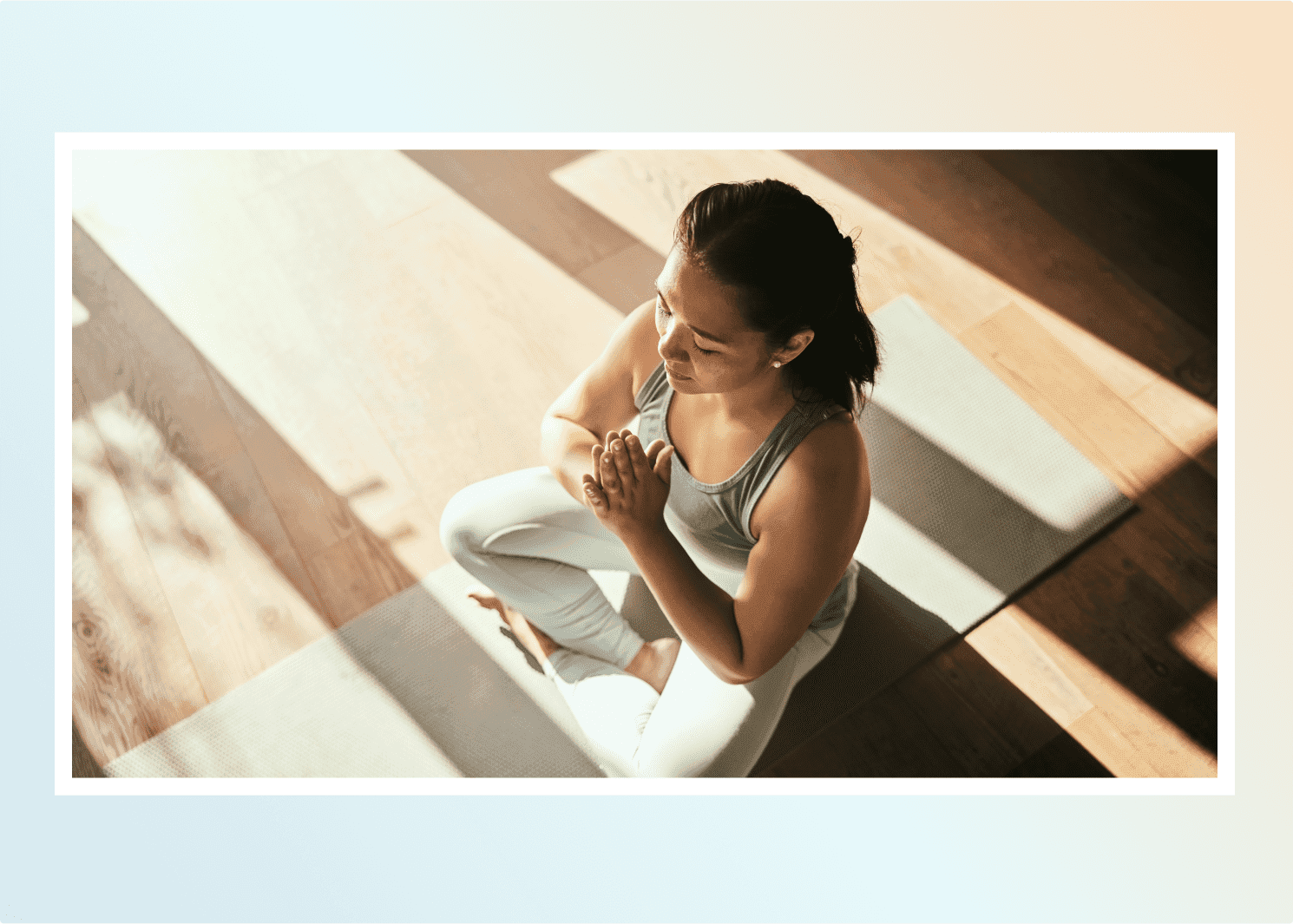
Practice 2
Anchoring Into Your Center - Finding Your Gold Cord
Why do this: Your gold cord gives you a visual anchor, that will help you better feel whole and move holistically. This practice gives us a chance to enhance the idea of centering so that our attention is less likely to waiver and our movements more likely to feel complete.
How to begin: You can do this anywhere, and in any position. Begin by closing your eyes. Imagine a gold cord running from your center (3 inches or so below your bellybutton) all the way to the center of the earth. See and feel energy pulsing from your center to the earth’s center. You can visualize the energy as a subtle ebb and flow that radiates at a slow and easy rhythm. As you breathe in feel energy being restored to you. As you exhale feel any uneasiness release downward. Stay with this for 5-10 breaths.
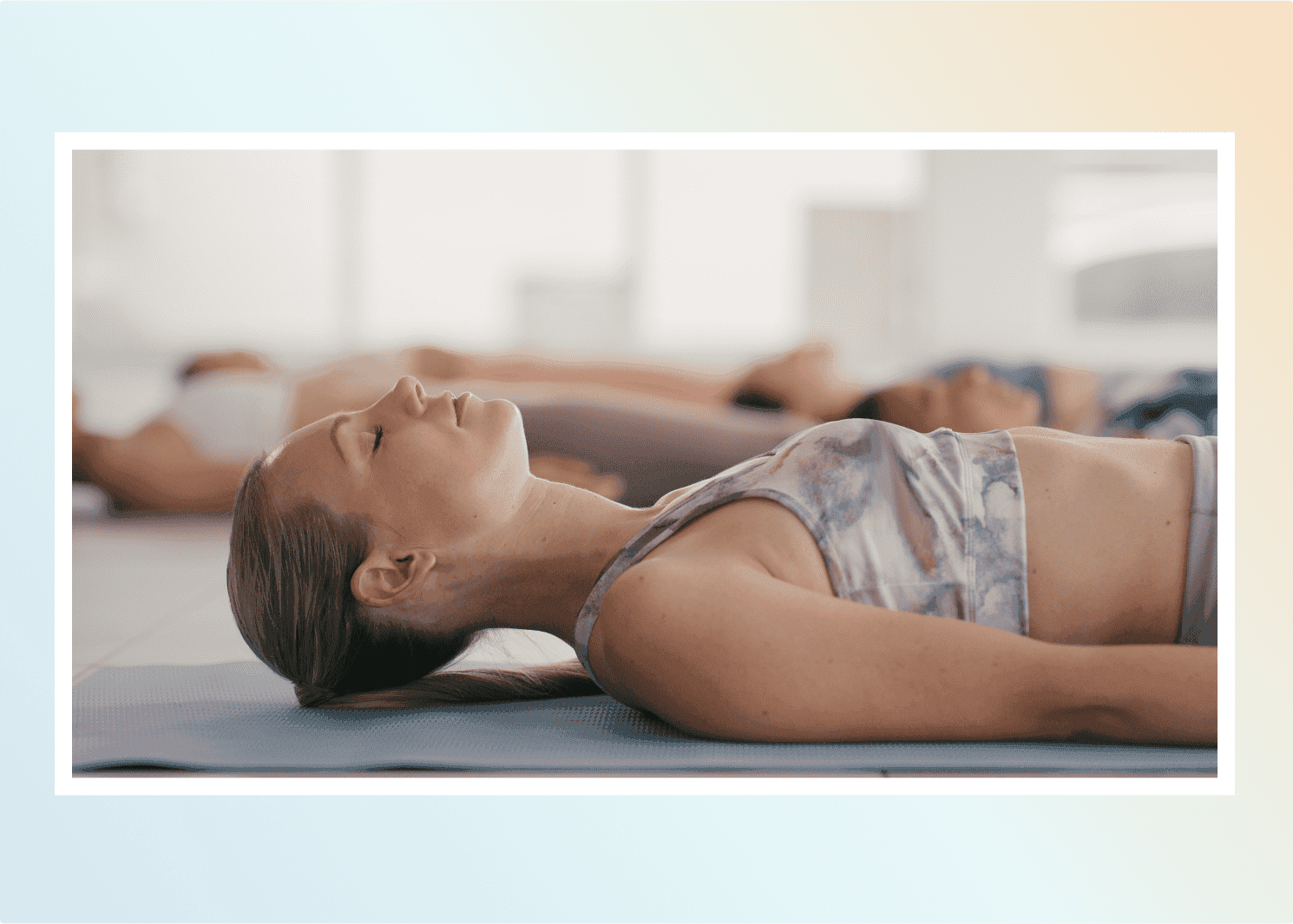
Practice 3
Using subtle body awareness in your practice
Why do this: For the reasons described above as well as to build not only body awareness but body intelligence and proprioception. (The subtle body is often linked to chakras, meridians and the fascial system, which is highly innervated and largely responsible for proprioception.
How to begin: Do exactly what was described earlier and locate the awareness of your body's very “aliveness”. Giving it a color or seeing it as a field of light can be very useful. Scan your body looking for areas where your awareness is brighter or more intense, as well as where it might be dim or non-existent. With each breath allow the brighter areas to expand and spread.
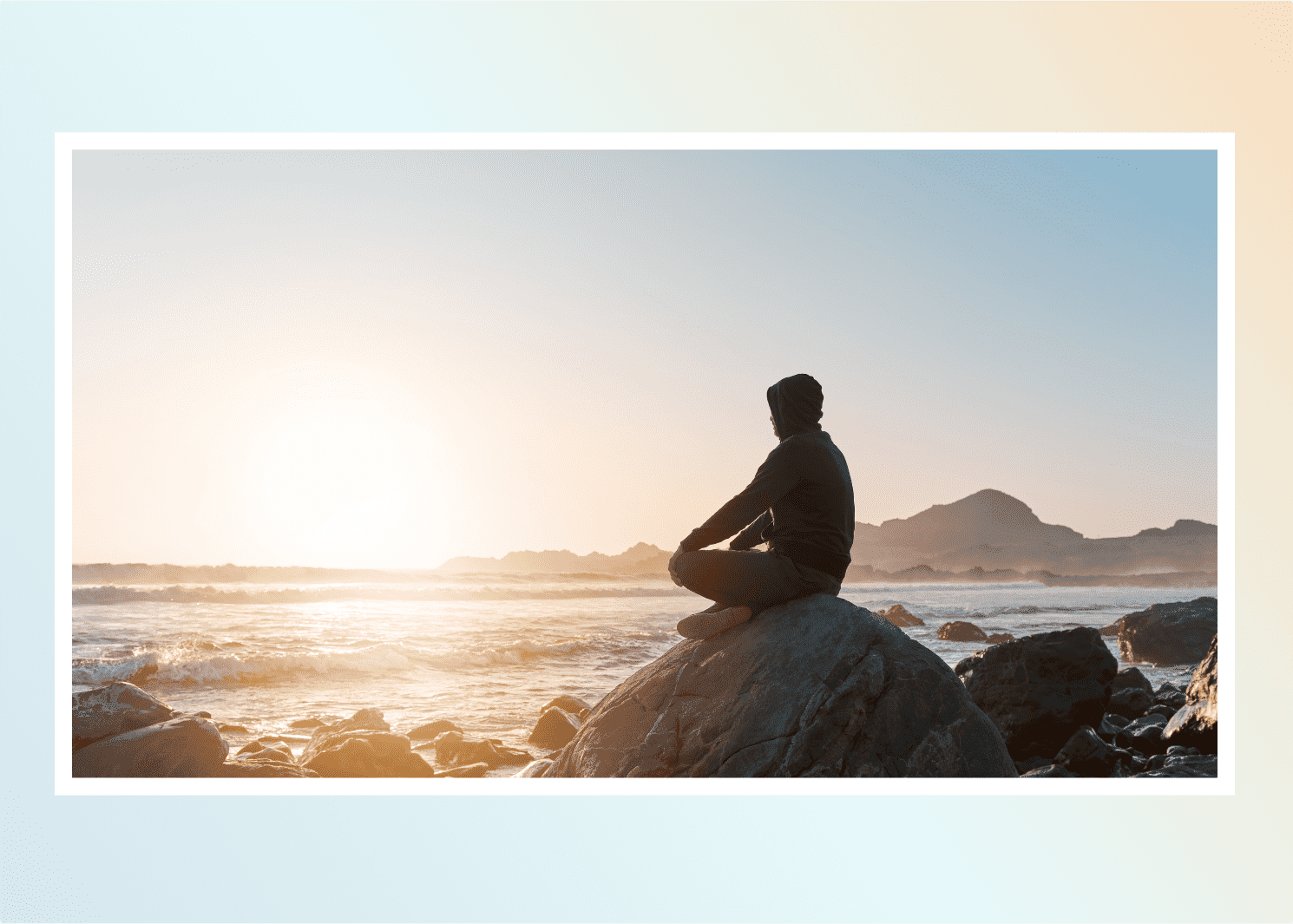
Practice 4
Using three-dimensional breath awareness in your practice
Why do this: The 3-dimensional breath is a clear, easy way to find balance in the front, sides and back of the body. Improving movement in these spots allows us to better facilitate healthy alignment and function.
How to begin: Sit or stand comfortably with your eyes closed. Take a moment to locate your breath in the body, notice the quality of the breath and begin to soften your outer edges so that you can sense the body internally and externally. Repeat each step 4-5 times. Begin by breathing into the front of the body, expanding and exploring all the nooks and crannies. Try to feel the breath from your pubic bone to your throat Second, breath into the sides of the body, opening the body into space as far as you can right to left. Feel the breath from the top of your hipbones all the way up the sides of your throat. Third, breath into the back body. Expand the breath across the low back all the way to the back of the head. Each time you exhale let the breath out easily, no effort. Finally, put it all together and breath simultaneously into the front, sides and back of the body feeling as if you were increasing your circumference equally in all directions.
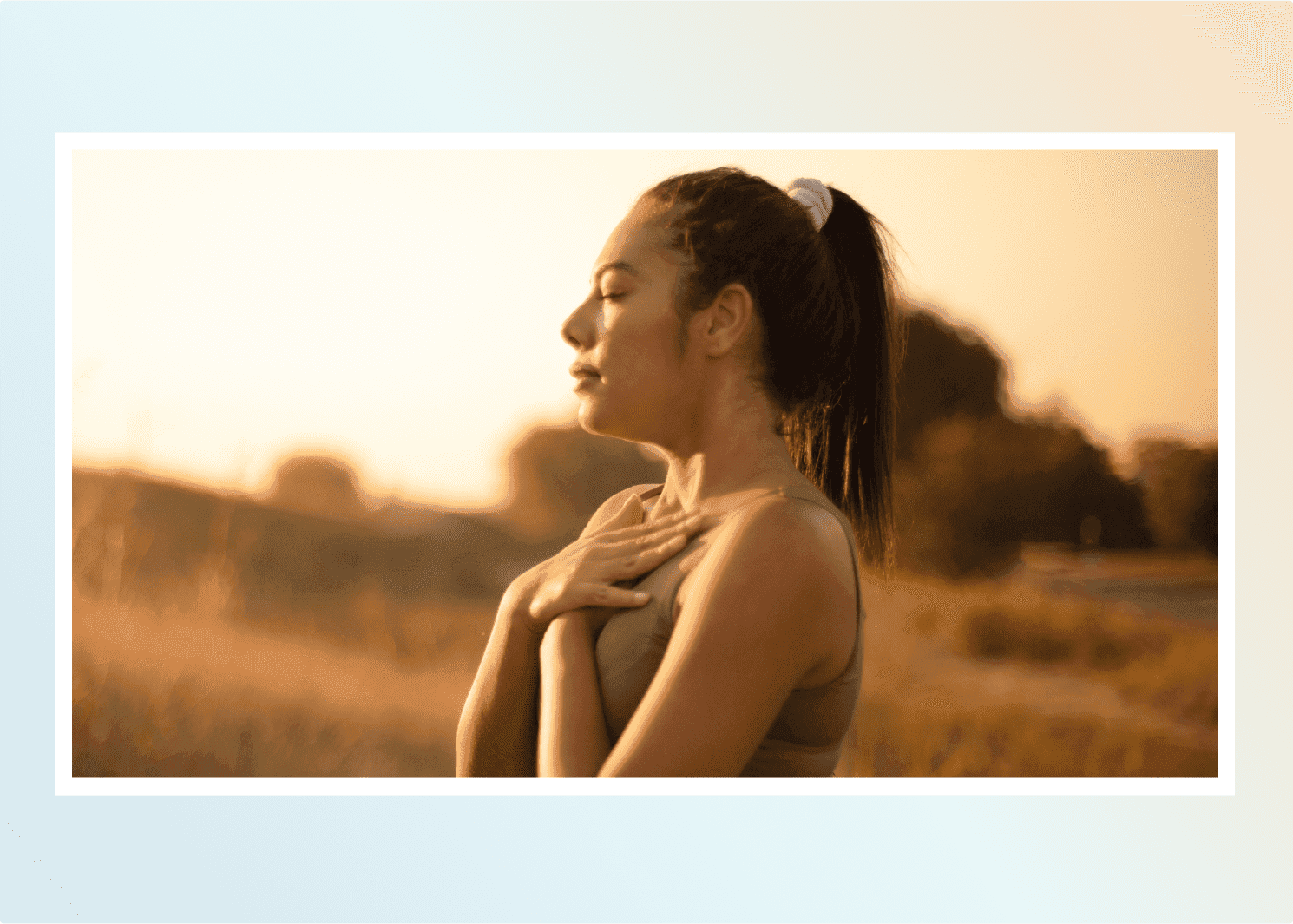
Practice 5
The Wave Breath
Why do this: The wave breath is a beautiful way to experience the ebb and flow of the breath and feel what the spine naturally does in response. It’s an opportunity to experience the complete breath from all directions.
How to begin: Begin by exploring your breath in the front, sides and back of the body, feeling as if you were increasing your circumference equally in all directions (three-dimensional breath). Repeat with every breath. Repeat this 4-5 times. Feel your breath move into the bottom third of your torso as if you were breathing in from your tailbone and pubic bone and filling up your lower abdomen in all directions. Notice how your sits bones widen and your lower back begins to slightly arch. Repeat 4-5 times. Bring your breath up from the bottom once again but expand it upward into the middle third of your trunk. Feel the breath expanding into the belly, sides of the waste and into the middle back. Continue to allow extension into the thoracic spine. Repeat this 4-5 times. Each time you exhale let the breath out easily. Bring your breath into the upper third of the trunk feeling the heart rise, the chest and throat open, and the chin lift slightly. The spine is gently but fully extended. Allow the breath to empty from the top down, feeling the spine subtly descend into flexion: eyes gaze down, chin drops, chest softens, ribs drop back, low back lengthens and sitz bones slightly narrow. Repeat as many times as feels good.
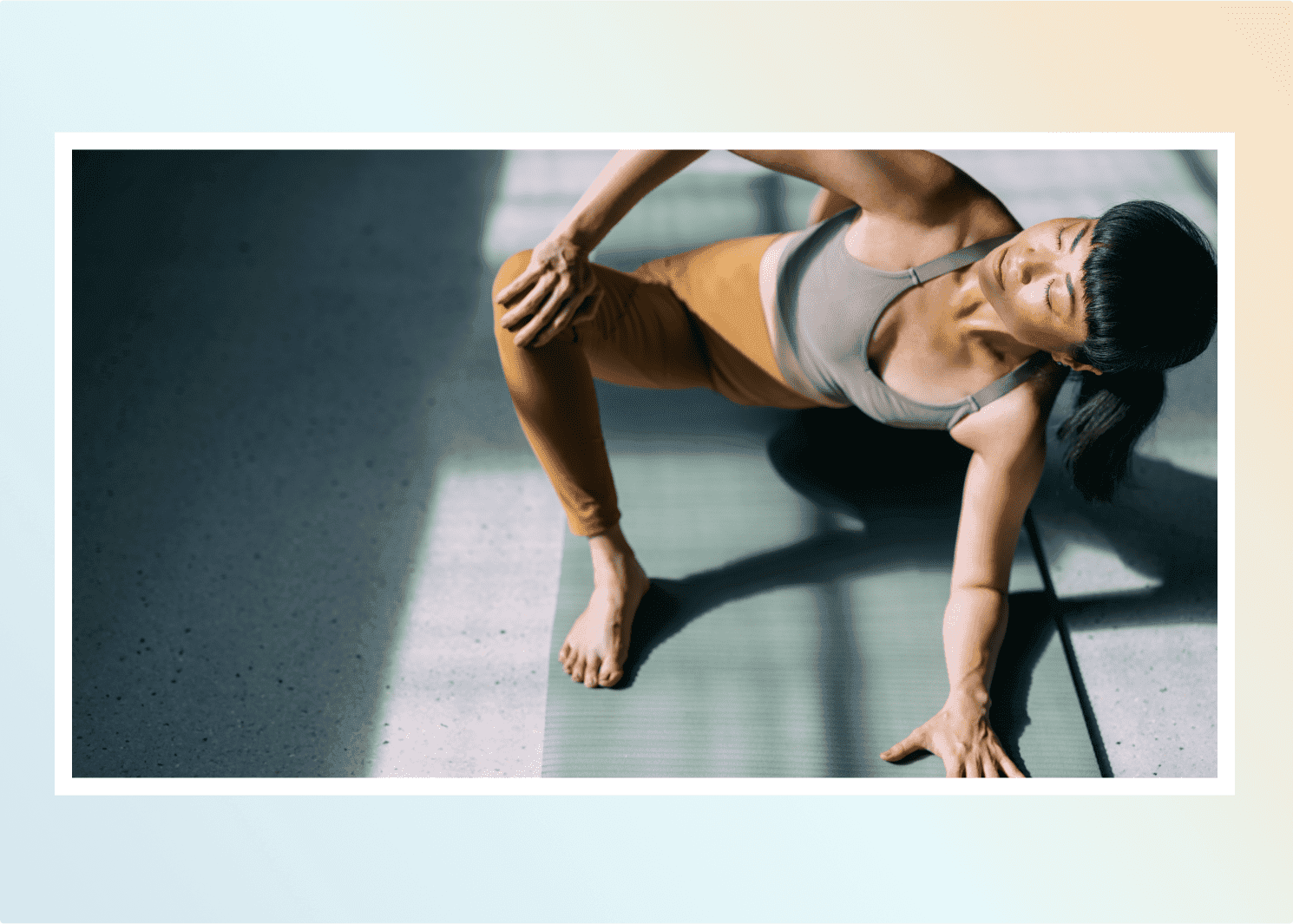

PT, NCPT, Balanced Body Educator
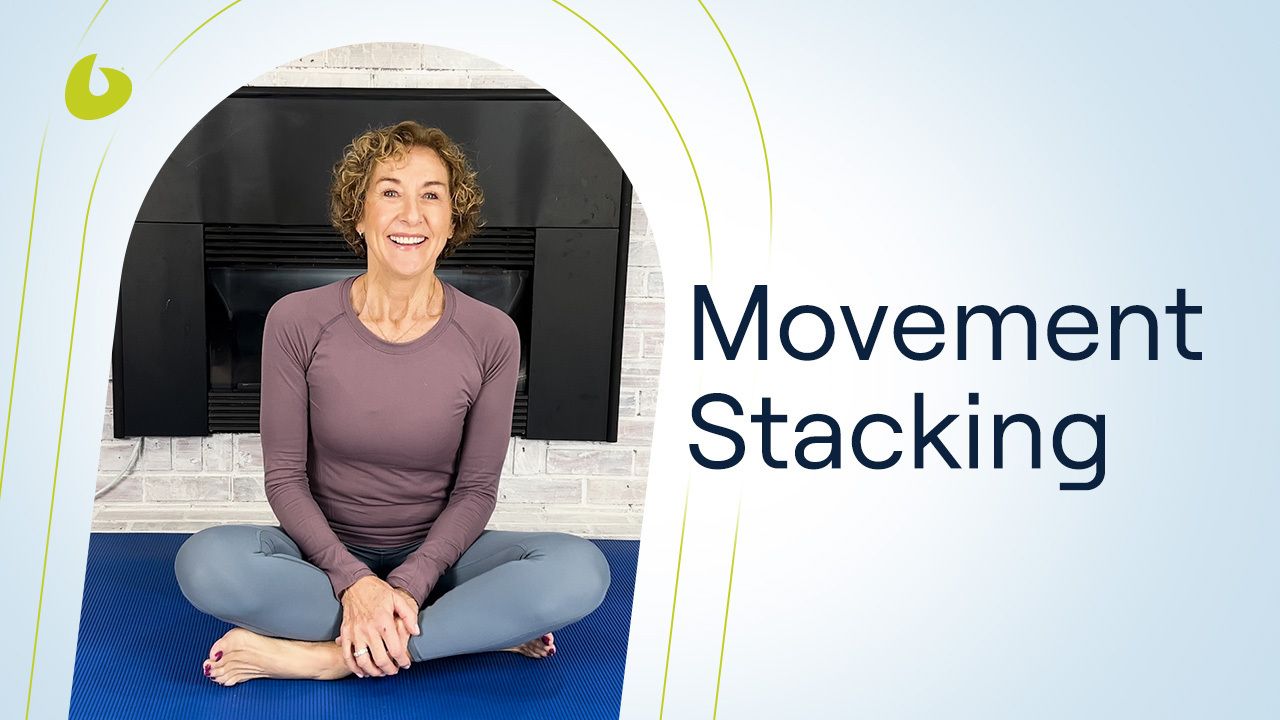

MA, NCPT, BBMI, Balanced Body Director of Education

NCPT, ACE, BBMI, Balanced Body Curriculum Coordinator
